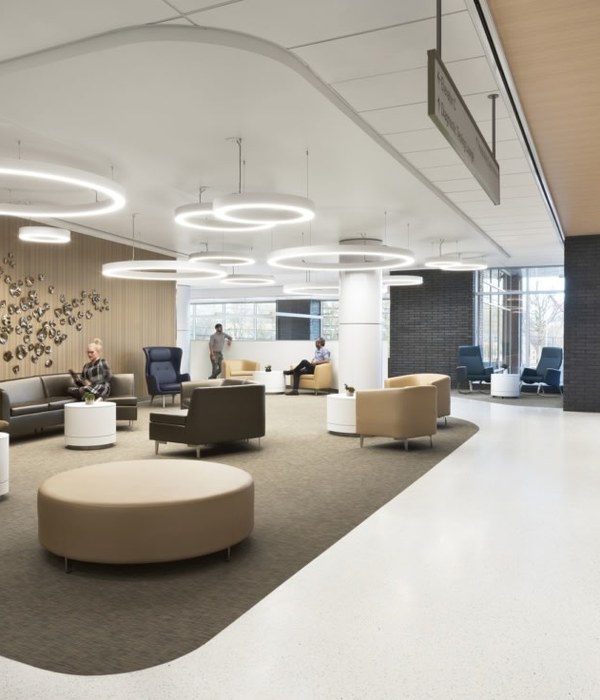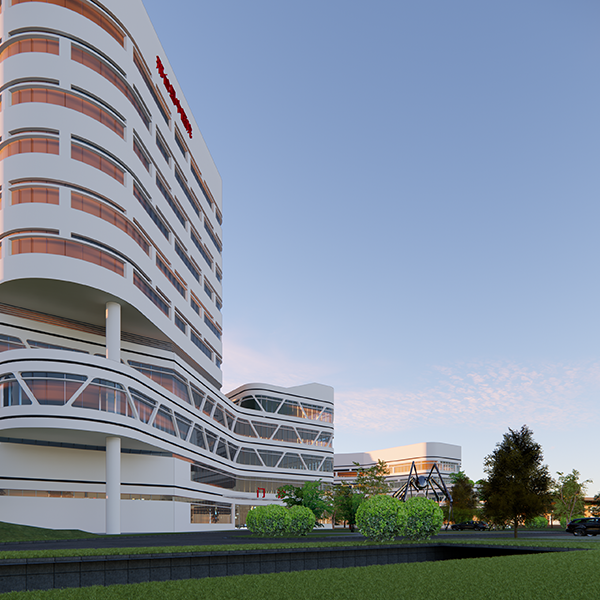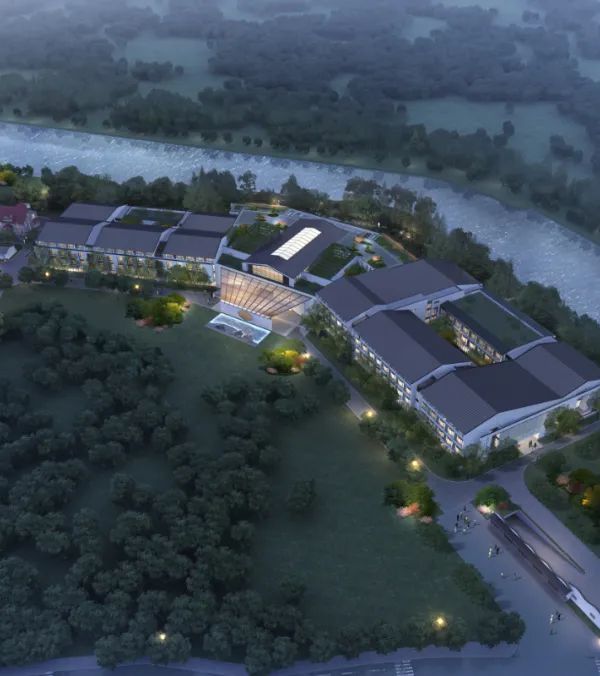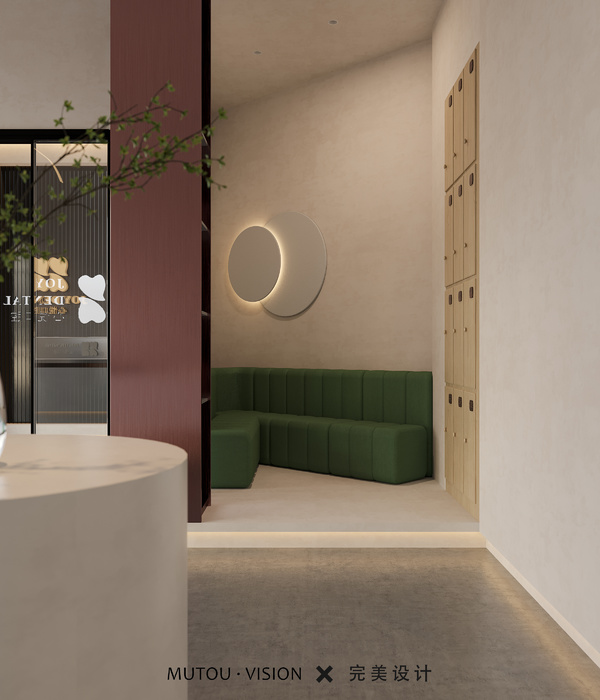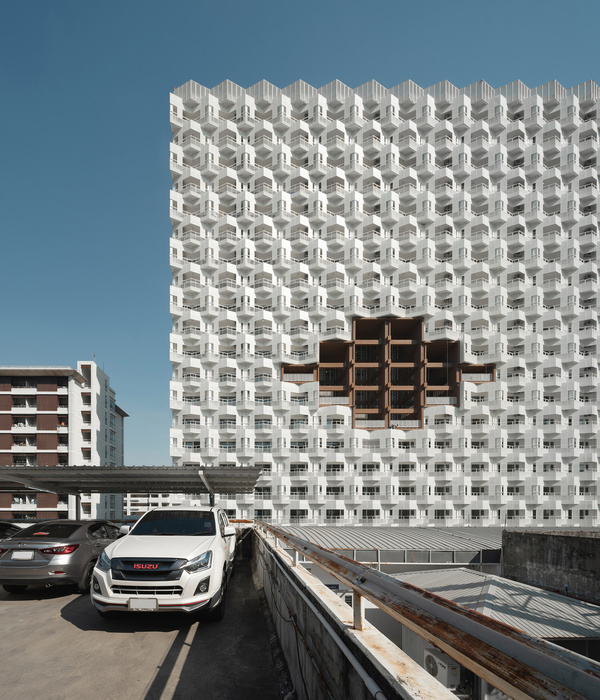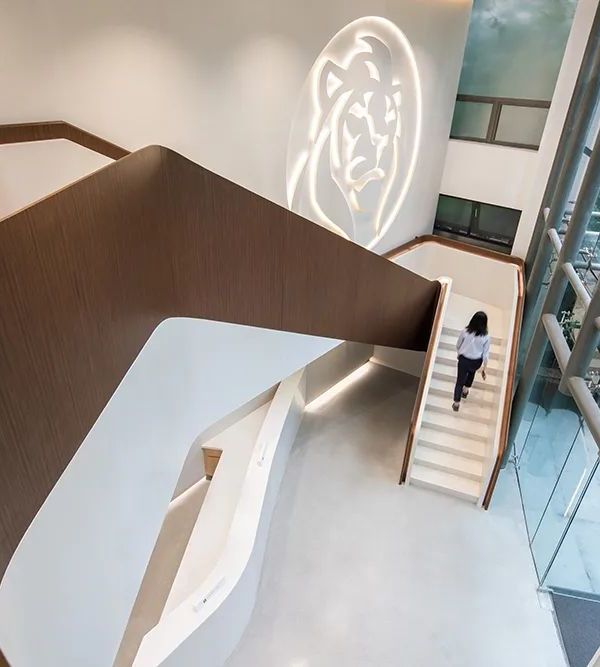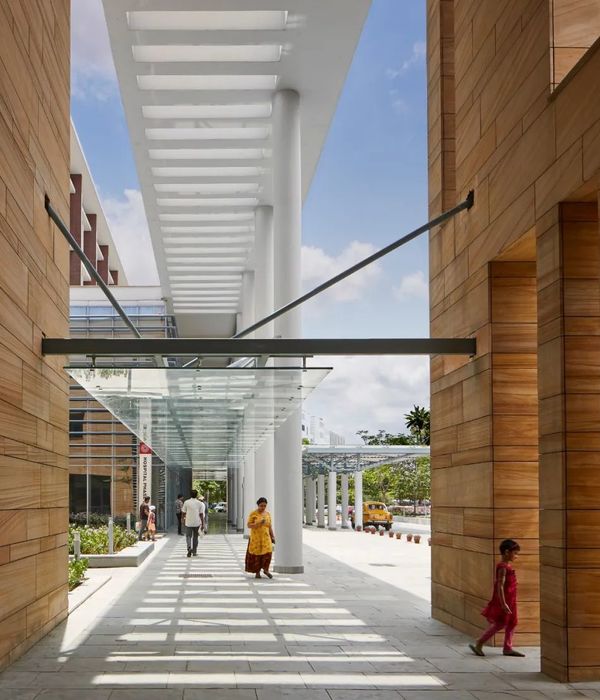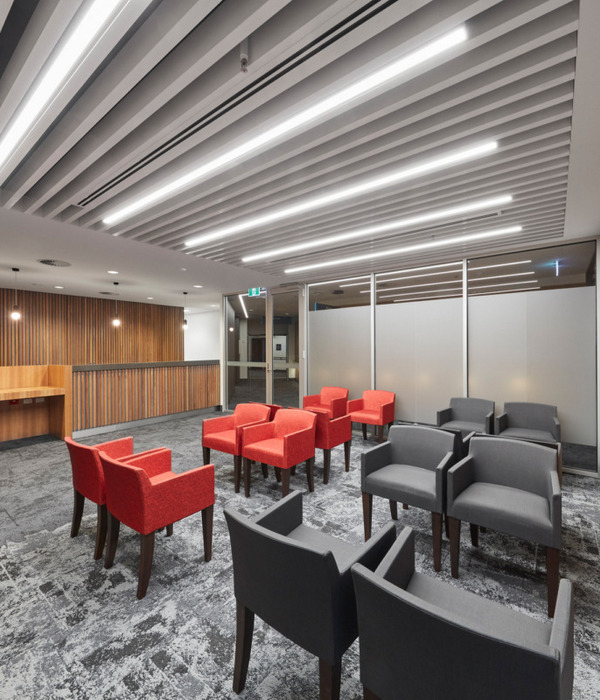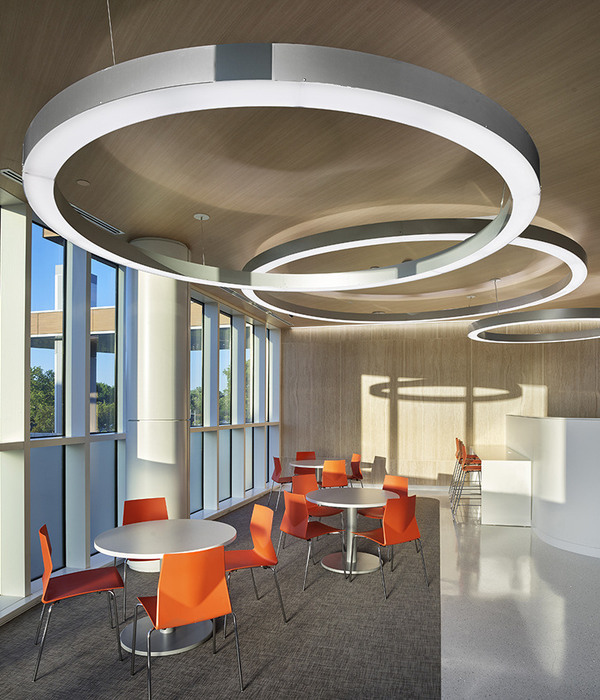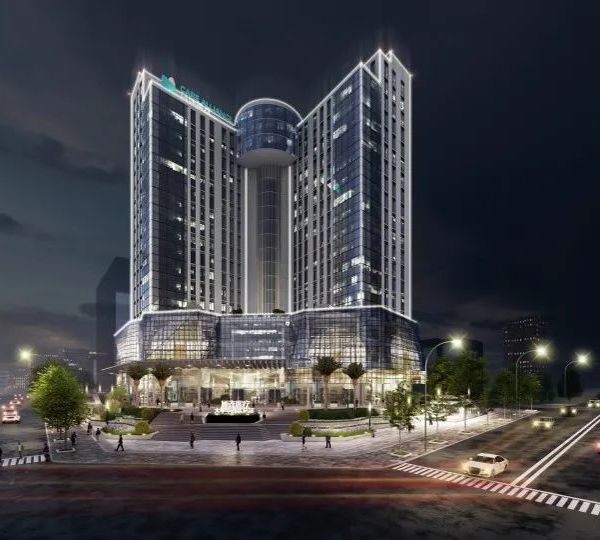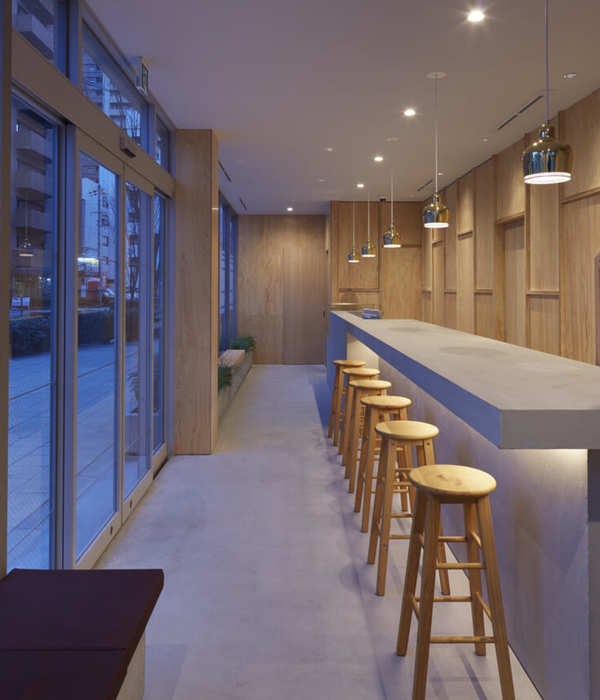Architects:Schenker Salvi Weber Architekten
Area:10m²
Year:2020
Photographs:David Schreyer
Strcutural engineering:Tragwerkplanung Freller ZT
Project Management:Bauwert Köstenberger
Building Services Engineering:Technisches Büro Herbst
Light Design:Designbüro Christian Ploderer
Interior Design:Wilhelm Scheruebl
Electrical Planning:Ingenieurbüro Tauss
Landscape Architecture:DnD landschaftsplanung
Design Team:Eva Andrasova, Hannah Niemand, Christian Rübenacker, Michael Salvi, Andres Schenker, Pia Schmidt, Rostislav Stoklasek, Tina Tobisch, Katalin Tóth, Zsófia Varga, Thomas Weber, Philipp Wemmer
Building Physics And Acoustics:IBO – Österreichisches Institut für Bauen und Ökologie GmbH
Fire Safety:IMS Brandschutz
Visualizations:Miss 3
Model Building:Modellwerkstatt Gerhard Stocker
City:Vienna
Country:Austria
Text description provided by the architects. Located near the Lainzer Tiergarten in Vienna's 13th district, the San Damiano house, run by the religious community "Franciscan Sisters of Christian Charity," is privately operated and publicly funded. The challenge was to best utilize the complex hillside property with a beautiful view over Vienna and create diverse spatial atmospheres and exciting visual axes.
The goal was to create a homely and cheerful atmosphere for the residents, featuring bright rooms that foster social interaction and spaces for privacy and retreat. This was achieved without relying on typical design elements from the care and hospital sectors. Despite the limited budget, high architectural quality was maintained, providing an exemplary living environment for less affluent seniors in Austria.
Four square, four-story volumes with loggias and gray wooden facades, connected into a large form like a chain and staggered lengthwise and crosswise into the terrain, create a "constructed landscape." It harmoniously blends into the surroundings, creating open and protected spaces, diverse levels, paths, and visual axes to the park and across the city.
The building combines a reinforced concrete shell structure with prefabricated wooden exterior walls. The wooden facade, made of pre-weathered and planed spruce with panels offset by five or ten centimeters per floor, protects the building like "bark." It oscillates between bronze and silver-gray and subtly weaves the windows into the building structure. Horizontal and vertical rods dramatize the exterior wall.
Despite the complex construction task, the functional and scale-appropriate layout solutions and very clear access routes determine the character of the building. Easy orientation and short distances are important, especially for older people, but also for their caregivers. This allows the seniors a more autonomous daily life and the staff more effective workflows and a good overview. Many residents have a high level of care needs. In their single rooms with low window sills, they can look out into the greenery even while lying in bed. On request, residents, such as couples, can flexibly combine their rooms into a two-room unit.
The rooms on all floors are oriented towards a spacious, central living kitchen where residents can meet, play cards, chat, and eat together, "which is very well received," says Friederike Elisabeth Hacker. Each apartment is equipped with a barrier-free shower and toilet. The personal living environment can be individually designed. The sisters' rooms are located at the vertical access points. Warm colors, tactile materials, carpets, and wood create a harmonious and homely atmosphere where older people feel comfortable. Access to the park is barrier-free for all living groups.
Project gallery
Project location
Address:Wien, Austria
{{item.text_origin}}

